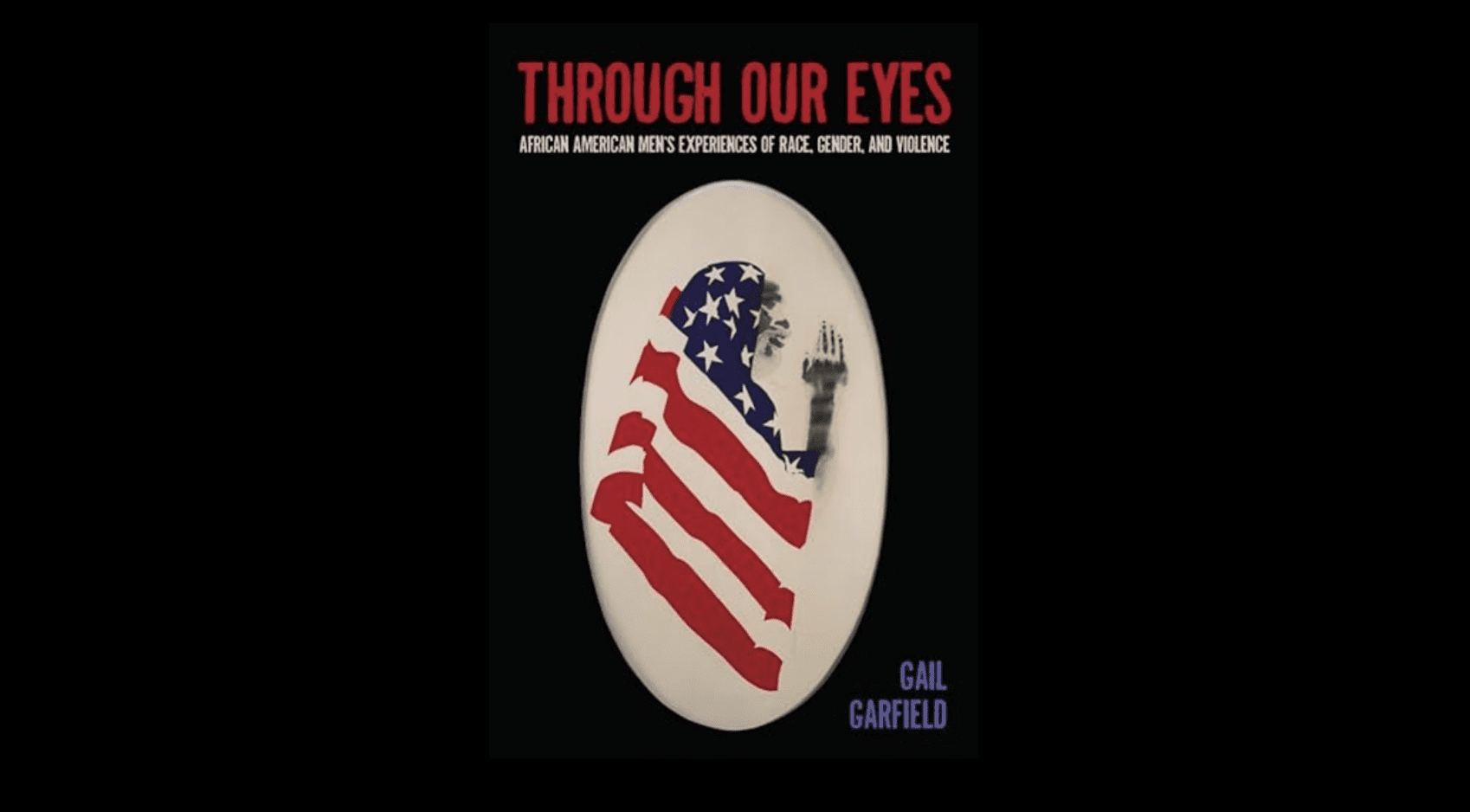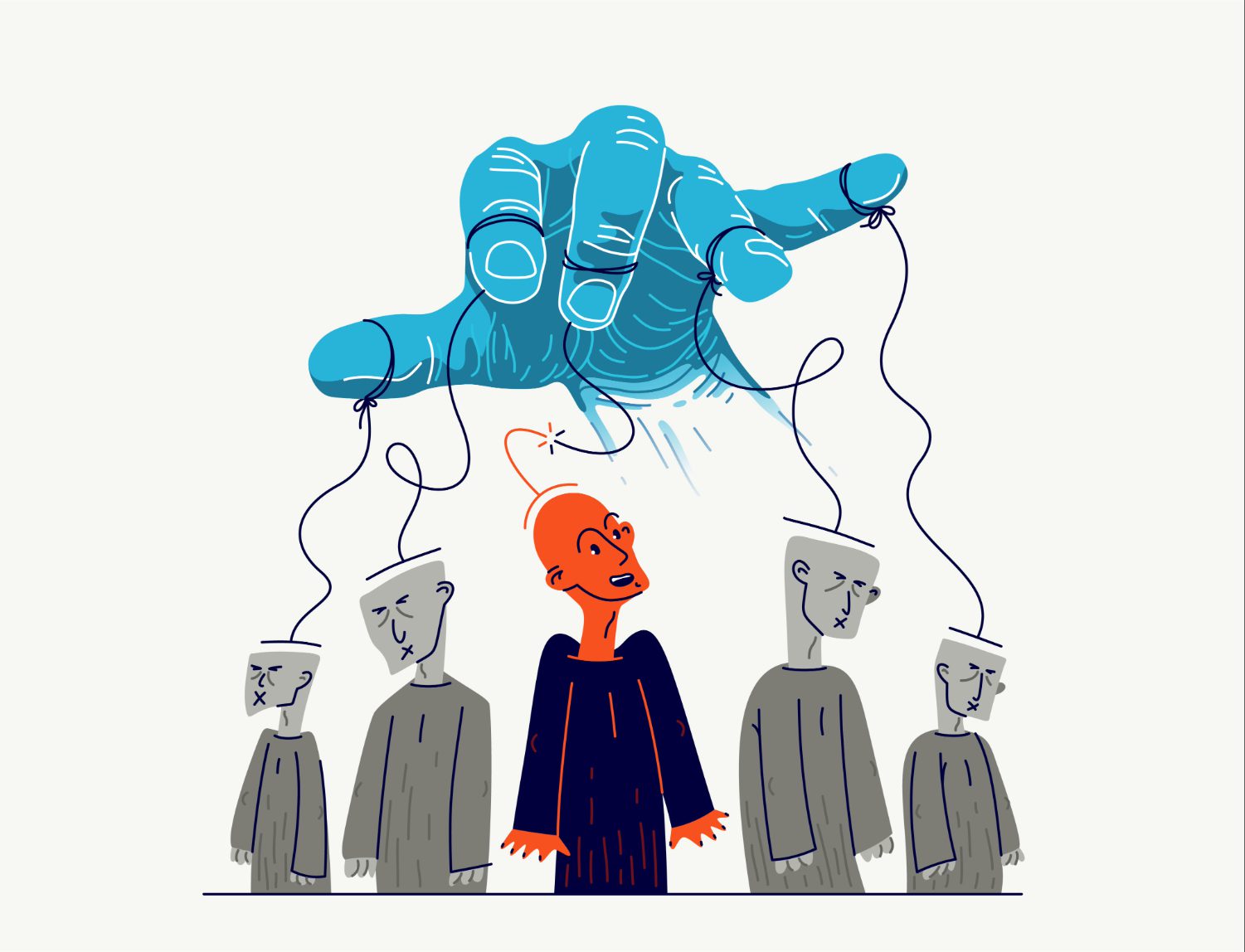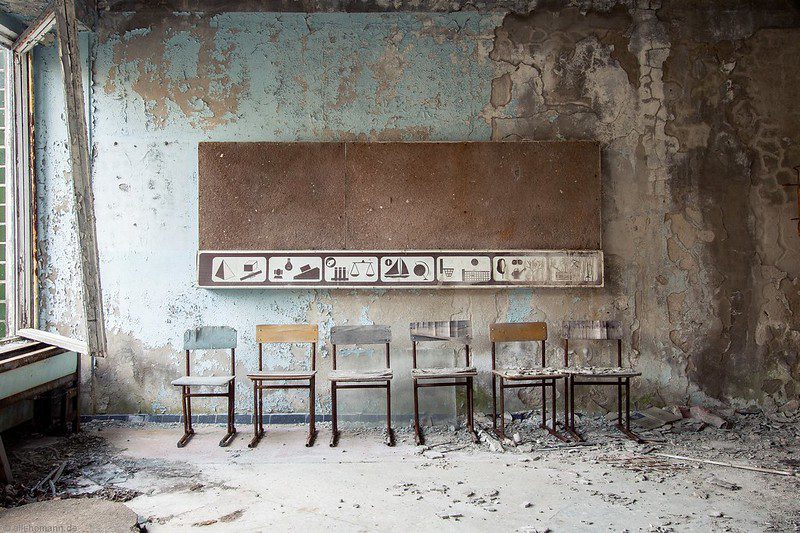Prepared for the February 18 – 19, 2016 seminar, Transforming Violent Masculinities, organized by the winners of the 2015-2016 WPF Student Seminar Competition.
Since the first day that African people stepped foot on this western shore, in bondage and draped in chains, they have struggled within and against the controlling images that have been imposed on black life. Those images—accompanied by a particular narrative and reality–have and continue to have a devastating impact on the lives of African Americans.
Historically, the black body represented transgression under white authorative imagining, where the African presence in this country was widely seen as only three-fifths human. Distorted and reified images of the black body were offered as clear evidence of an inferior race and thereby treated accordingly. Perceived difference provided a strong rationale for imposing social control as well as state-sponsored violence in exercising that control. Although altered by history, today, as in the past, the transgressive black body continues to pose challenges to white authorative imagining. Today, the transgressive black body is most evidenced by the disfigured images of black men and boys in particular, whose bodies have been beaten or riddled by bullets at the hands of those holding state authority, the police. The established legacy and its contemporary articulation of black transgression in the US continue to trample on principles of racial and social justice, in response to the challenges the black body poses. Repeated instances of police brutality and murders are a mediated response by the state against the transgressive black body.
In the context of that legacy and contemporary articulation, how do we frame the issue of violent masculinities in general, and violent black masculinities in particular? Are we obligated to take into consideration the structural racial and gender oppression experienced by African American men and boys in our society? In other words, if we agree that all forms of violence represent debasement and an undermining of worth that not only compromises the human spirit but can destroy the human body, then, how are we to position black men’s and boys’ violence; especially, when they are clearly victims of structural violence as well as perpetrators of interpersonal violence? And, if violence like masculinity is learned, can violent masculinities be unlearned—are there alternative ways of demonstrating how to be human that allows for flourishing–in the absence of dismantling racial and gender structural oppression and the violence that is often accompanied?
Arguably, in one form or another, violent masculinities are essential to shaping the structural foundation of US society. Nowhere is this more evidenced than in the experience of African Americans. Historically, white authority in the form of custom and codified laws has helped to rationalize the economic, political, and cultural subordination of African American males. In that justification the popular images of the criminal-black-male, the violent-black-male, and the angry-black-male are revealed. As Jan Pieterse (1992) noted, such images are purposeful because stereotypes are social markers that play “a key role in communication, instruction, and the general transmission of culture.” For African American men and boys, stereotypical racial and gender imagery played a critical role in justifying a particular kind of social response to their very existence and, all too often, that response results in some form of state-sponsored violence aimed at social control.
Under slavery, under customary and codified laws, human rights and the sacred value of human life that are integral to principles of democracy did not apply to black bodies. African American men were forced to accept and indulge in illegal actions as a way of maintaining their lives. Christopher Booker (2000) argues that by simply attempting to satisfy the most basic of human needs, a legacy was established that would continue to define the black male presence in America. To satisfy fundamental psychological, physical, social, and spiritual needs were deemed as violations and criminal under white male authority, and violence was egregiously meted out without impunity to enforce not only customary rule, but also the rule of law. In the white authoritative imagining, the mere presence of the black male body was criminalized. The first phase of that criminalization and the violence that accompanied it was the simply act of enslaved Africans placing a foot down on the America shore. That act represented “a key formative phase of the black presence in the United States.”
Overtime, the transgressive black male body, under elite white male justice, and the punishment meted out for rule violations have become deeply woven into the very fiber of US society. Forcefully brought to America in shackles and later restricted by de facto and de jure segregation, the legacy engendered by the social construction of the criminal-black-male, the violent-black-male, and the angry-black-male persona continues to resonate. Today those images and the messages they convey are thus realized by countless numbers of African American men and boys who are excluded and marginalized from societal institutions. Yet there are those, who on a daily basis are surveiled and encounter many aspects of our formal institution of social control, the criminal justice system. They are, of course, the glaring exception to institutional exclusion and marginalization, for too many are engaged the criminal justice system as offenders. Currently, for many black men and boys the image, narrative, and reality of those stereotypes converge behind the steel doors of concrete jail cells and razor-wired prison walls across this country.
Unfortunately, for others, those images, narratives, and the reality they impose converge on the bloody streets of America, as black men and boys such as Sean Bell, Travon Martin, Ramarley Graham, Wendell Allen, Timothy Russell, Kendrec McDade, John Crawford, Ezell Ford, Dante Parker, Oscar Grant, Michael Brown, Tamir Rice, Akai Gurley, Eric Garner and Freddie Gray, lay dying at the hands of state authority. Does this constitute mass murder? Or, do the justifications for their killing provide an alternative narrative that points a finger at their individual behavior, rather than at state action?
The distorted images and narratives imposed on African American men and boys have resulted in their portrayal as inherently criminal, violent, and angry; they are seen as demons to be feared by the general public. In the cultural and social imagining of many white Americans, black men’s criminality, violence, and anger are often taken for granted and the accompanied narrative–he was breaking the law, resisting arrest, and therefore no other alternatives existed but to shoot him–is omnipresent. The disfiguring and demonizing images and narratives have aided in marginalizing the value of black men’s lives and called into question their very humanity. Today, as in the past, if black men are seen as lesser human–as inferior beings–then it becomes much easier to justify whatever action is taken against them by the state. As police officer Darren Wilson, who shot an unarmed Michael Brown eight times in Ferguson, Missouri told a grand jury: “he was like a demon.”
Within and against the sociopolitical context of African American men’s racial and gender oppression in the US, how do we begin to understand the complex issues of violent masculinities, and black masculinities in particular? White males occupy sociopolitical privilege in our society. As such, the norms that define what it means to be a man and the performance of manhood are constructed and modeled by elite white males. Those norms and models circulate through societal institutions that solidify and maintain elite white males’ power and authority, seemingly regardless of context or challenges to normative standards.
I posit that the thread that binds all masculinity is stitched with the intersecting influences of race, gender, and violence. Yet it is the uneven structural relations of power and authority that are critical to defining what it means to be a man and how manhood is performed. Positionality, whether dominate or subordinate, shapes the precise nature of what it means to be a man and how masculinity is performed in our society. Albeit racial and gender oppression, as constructed and implemented through policies and practices of social control, the obvious questions that must be raised are: whether or not the sociopolitical context in the meaning and performance of masculinity is the same regardless of racial and gender differences; or whether the meaning and performance have a completely different point of reference in the context of racial and gender oppression? And if violence is integral to the shaping of masculinity, as I believe, then how is it used in the performance of masculinity under conditions of racial and gender oppression? In other words, are violent masculinities expressed solely through the prism of interpersonal performance or are the dimensions expressed differently in the face of social exclusion and marginality. How do we weigh state-sponsored violence against that of interpersonal violence, or the intersection between the two? In the context of US history and the structural control that continues to foreshadow racial and gender inequality, it is extremely difficult to position black masculinities.
I contend that the more established theoretical references for framing violence masculinities are inadequate in addressing the structural racial and gender oppression of the transgressive black body. Whatever they are, black masculinities are not the same as white masculinities; they are not white masculinities that are somehow performed in black face. Nor are they simply reduced to “hypermasculity” with an elevated and exaggerated masculine performance that is based upon normative hegemonic models of white elite masculinity. Relations of power and the structural arrangements that maintain them, clearly indicate that this is not the case. The ways in which race, gender, and violence are socially constructed and circulate through African American men’s and boys’ daily lives reconfigure the circumstances that shapes what it means to be a man and manhood in our society.
Yet that reconfiguring is not based solely on a racial and gendered essentialism, where what it means to be a man and the performance of masculinity are the same for all African American men. There are important and often unacknowledged sociopolitical differences, such as class that also influence both the meaning and performance of black masculinities. Today, especially amid the rhetoric of “post-racialism,” there are African American men whose lives do appear to transcend or debunk socioeconomic trends or social norms that limit the capacity of other black men to realize their human potential, particular when achievement and income are linked. As a result, the signs of exclusion and marginalization are seemingly blurred when class is taken into consideration with that of race and gender. Nevertheless, structural racial and gender oppression has an omnipresence along with the social control that may be evoked. For instance, I recall the July 2009 incident, when Professor Henry Louis Gates was arrested by white police officers for attempting to enter his home, along with the incident in February 1999, when the police shot Amadou Diallo, 41-times, and who, like Gates, was merely attempting to enter his apartment building.
I have only touched upon some of the complicated dimensions of the critical intersection between race, gender, and violence that must be considered in an understanding of the shaping of black masculinities. Yet, within this understanding, I am not attempting to diminish or undermine the severity and the importance of the largely interpersonal violence that is perpetrated by African American men and boys, even under conditions of racial and gender oppression. They can and do commit heinous acts of violence, especially against themselves and African American women. But we cannot simply impose models that have not been constructed out of the realities of their particular experiences, as authoritative explanations to explain the violence that is committed. The sociopolitical context of African American men and boys’ violence is important. Violent masculinities diminish the value of all human life, and black male life in particular. I say black men’s and boys’ lives have value, that they–and we as a society–must take responsibility in demanding that the value of their lives is allowed to flourish. Only then, will we began to structure alternative ways of thinking about and demonstrating different ways for being human.



